Premium Only Content
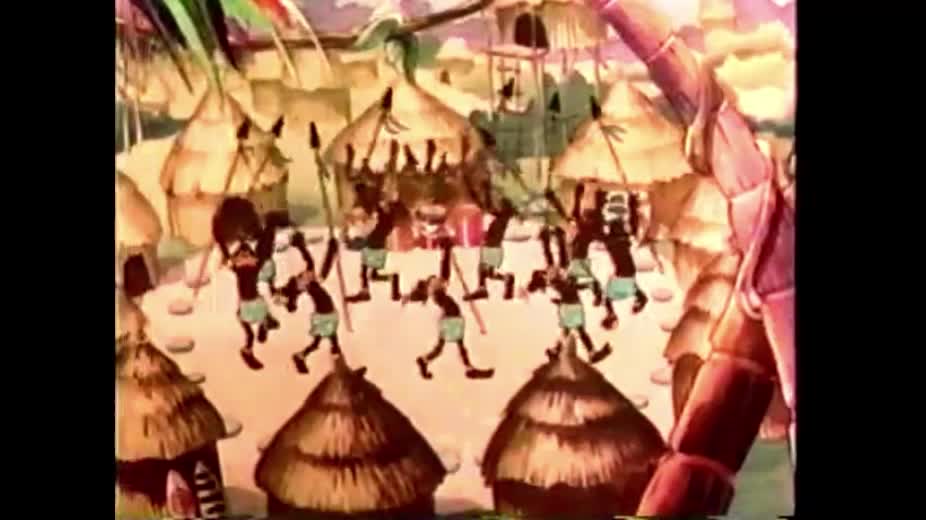
The Isle Of Pingo Pong c. 1938 : The Censored Eleven
The Censored Eleven is a group of Looney Tunes and Merrie Melodies cartoons originally produced and released by Warner Bros. that were withheld from syndication in the United States by United Artists (UA) in 1968. UA owned the distribution rights to the Associated Artists Productions library at that time and decided to pull these eleven cartoons from broadcast because the use of ethnic stereotypes in the cartoons, specifically African stereotypes, was deemed too offensive for contemporary audiences. The ban has been continued by UA and the successive owners of the pre-August 1948 Looney Tunes/Merrie Melodies. These shorts have not been officially broadcast on television since 1968 and have only been exhibited once theatrically by Warner Bros. in Spring 2010 (see below for more details) since their withdrawal. They have turned up, however, on low-cost VHS and DVD collections over the last thirty years.
https://en.wikipedia.org/wiki/Censored_Eleven
The Isle of Pingo Pongo, which Warner Brothers released in 1938, is a blend of the old and the new and in more ways than one. Concerning the “old,” the film is the second on the list that Tex Avery directed, and it is the second of the Eleven to eventually be a “Blue Ribbon” reissue.
It also relies on characterizations of African American jazz musicians (as in Clean Pastures) and indigenous Africans (as in Jungle Jitters). What is new about the film is that it blends the ethnic generalizations so that the natives act like jazz musicians. Also, in contrast to earlier cartoons having some spot-gags before introducing the plot, this cartoon is all spot-gags. Finally, the majority of the film’s length does not feature any ethnic caricatures. The indigenous residents of Pingo Pongo collectively take up barely half of the film’s duration; moreover, they appear in the latter half of the cartoon.
Warner Brothers considered the film worthy of a second release in the 1940s. It had box-office value as a Technicolor cartoon. Also, its parody of travel documentaries was still timely when reissued, and the images of the dark-skinned characters were still on a par with Hollywood’s portrayals of people of African heritage. In addition, as discussed for the Censored Eleven cartoon Jungle Jitters, much of the African continent remained colonized by European countries during and immediately after World War II.
When Associated Artists Productions and then United Artists brought the cartoon to television through syndication in the late 1950s, its imagery was no different from other syndicated fare that had once run in theaters. But by 1968, Europe had started to decolonize Africa, and the sight-gags about the lip sizes of dark-skinned figures and the “primitive” behavior of the indigenous hinted at the colonialism from which the continent had started breaking free. Ultimately, United Artists decided not to censor just the latter half of the film and keep it in circulation; instead, it removed the entire film on the basis of the ethnic images in four of the cartoon’s eight minutes. That, too, was new for a Censored Eleven film.
https://cartoonresearch.com/index.php/the-censored-11-the-isle-of-pingo-pongo-1938/
-
 2:16
2:16
Gorlag
4 years ago $0.04 earnedCensored content
368 -
 0:27
0:27
ScottysThoughties
4 years agoSeven Eleven
1141 -
 2:02
2:02
For The Love Of God Records
4 years agoProject Eleven Campaign
68 -
 5:06
5:06
Teens_for_Trump
4 years ago $0.09 earnedI am being Censored
1.64K9 -
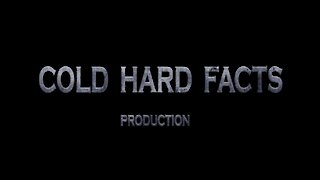 5:03
5:03
AgentSerco
4 years ago $0.01 earnedCENSORED WHY ?
130 -
 1:00
1:00
Americans for Limited Government
4 years agoRefuse To Be Censored
117 -
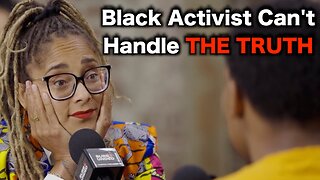 56:27
56:27
Actual Justice Warrior
15 hours agoAnti-White Celebrity DESTROYED On Jubilee
10.5K11 -
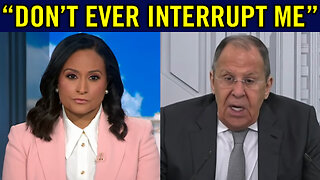 19:44
19:44
itsSeanDaniel
1 day agoLiberal Karen INSTANTLY REGRETS Interrupting Putin's Right Hand Man
5.63K11 -
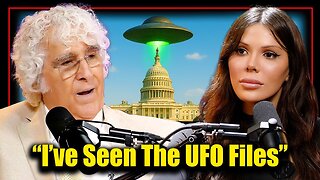 1:20:38
1:20:38
BlaireWhite
2 days agoThe Dark Truth About UFOs: Why The Government Is Lying
14.8K11 -
 2:10:32
2:10:32
Side Scrollers Podcast
20 hours agoStreamer Nearly Beats A Man to Death on Stream + Twitch Viewership PLUMMETS + More | Side Scrollers
14.5K7